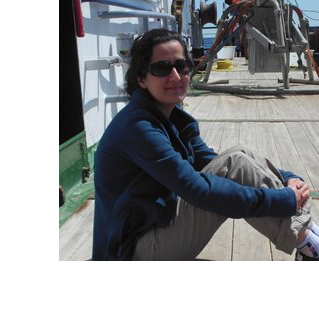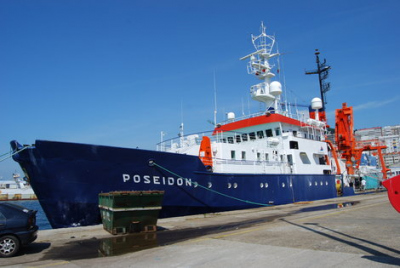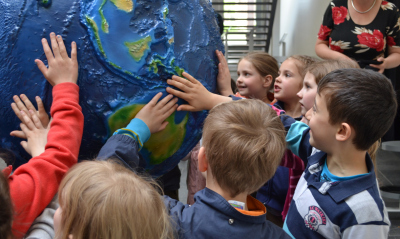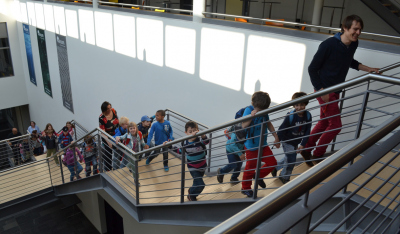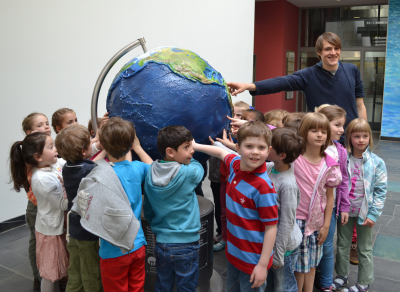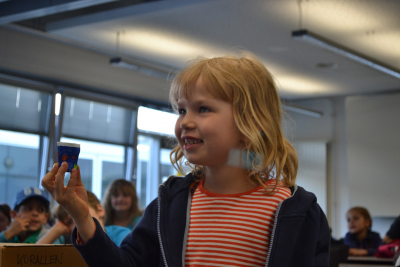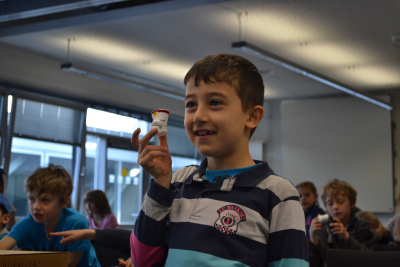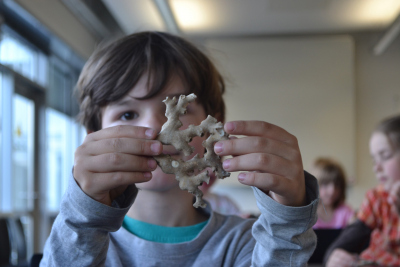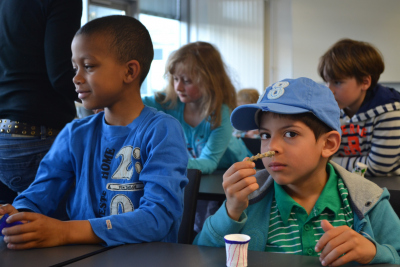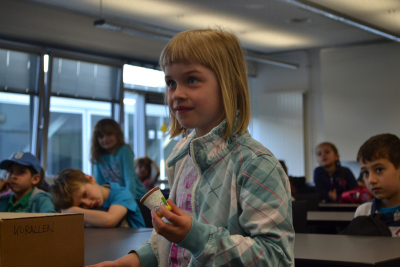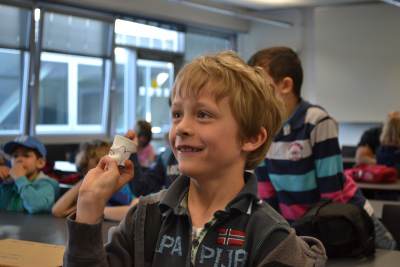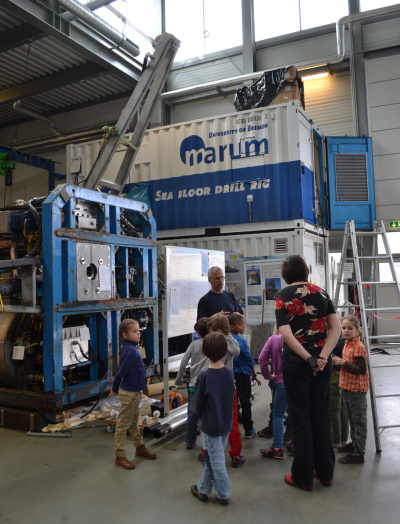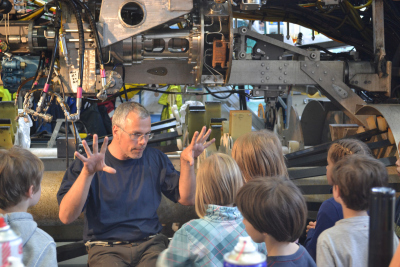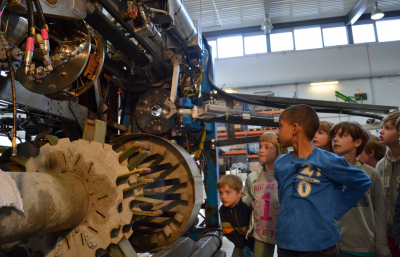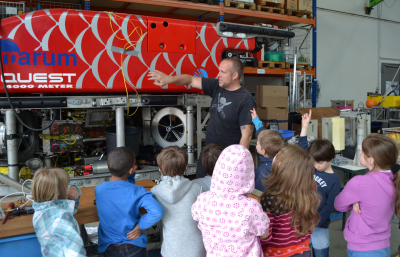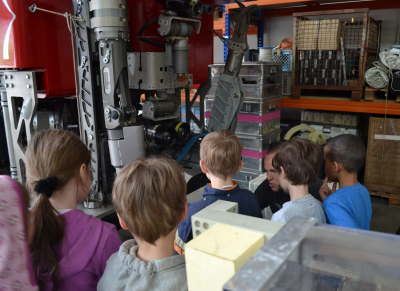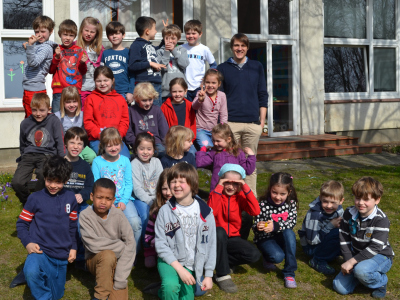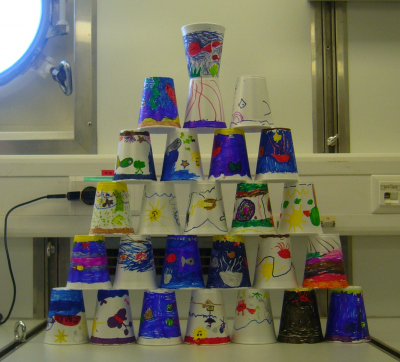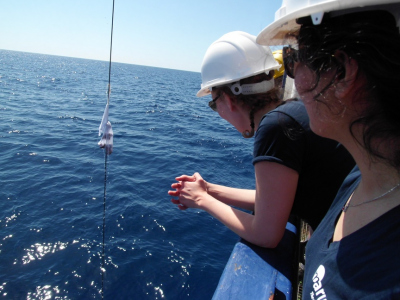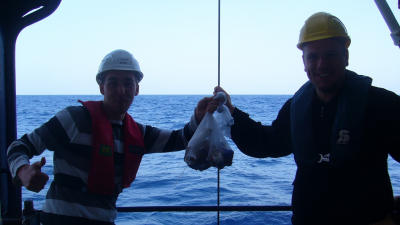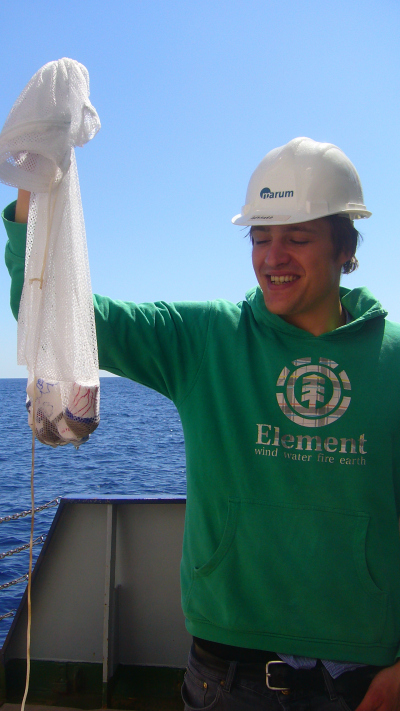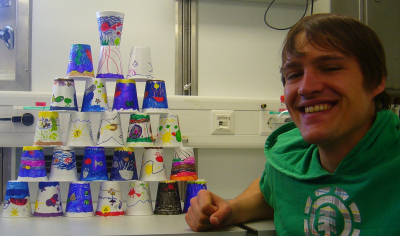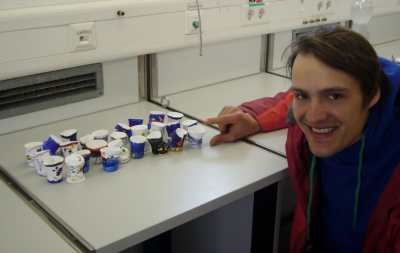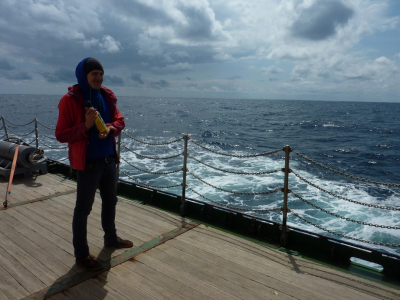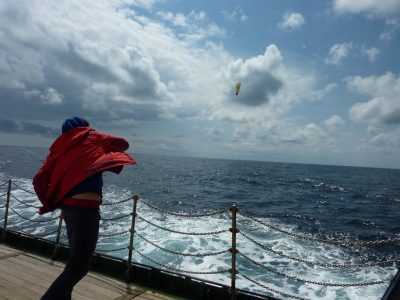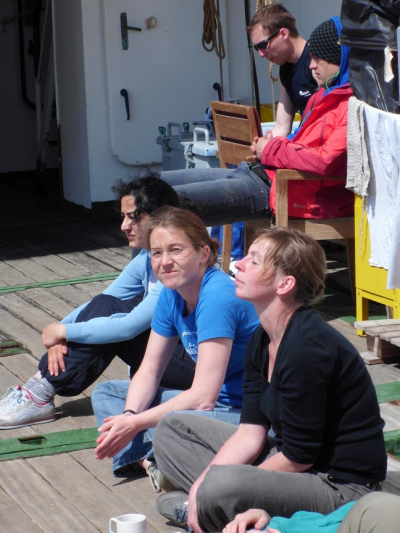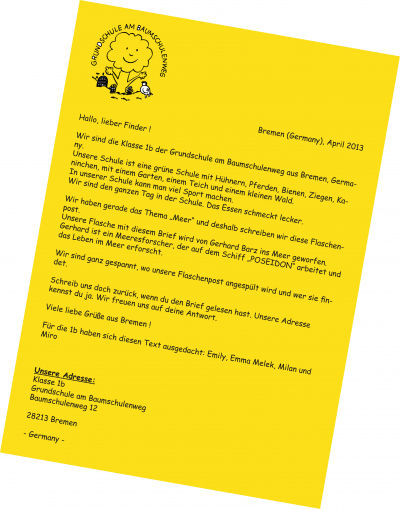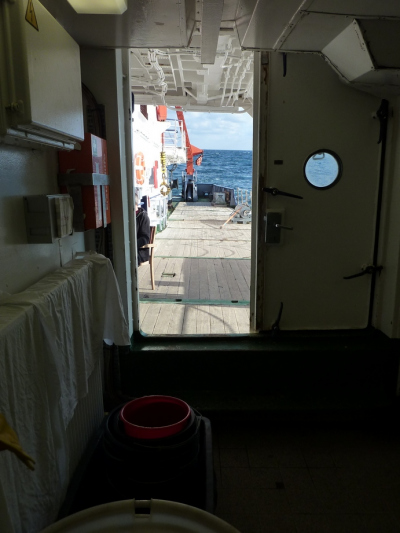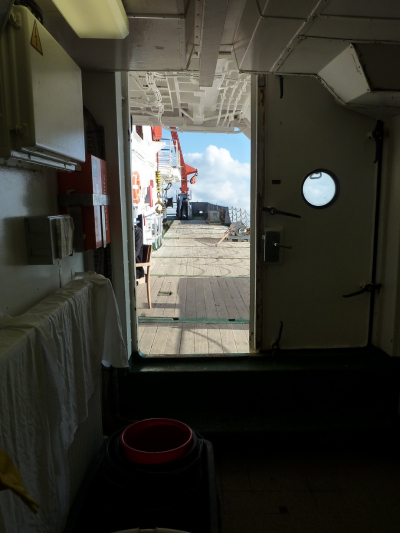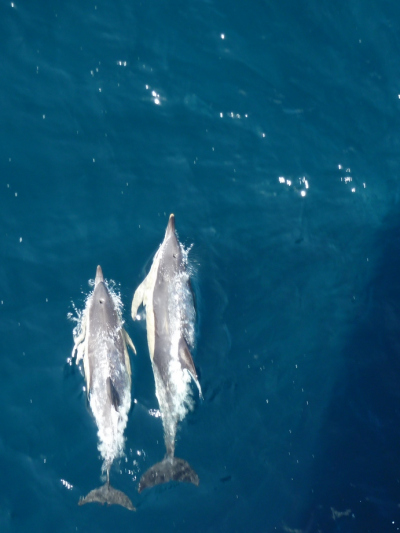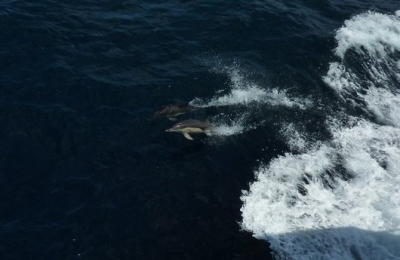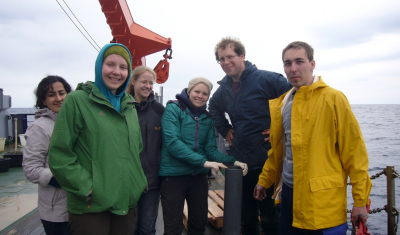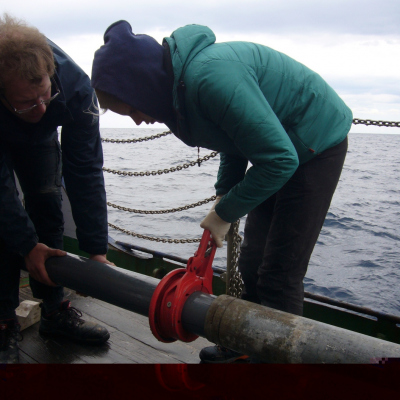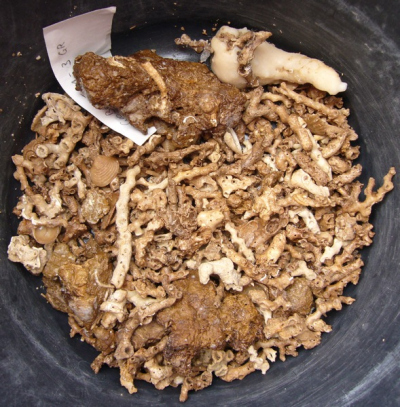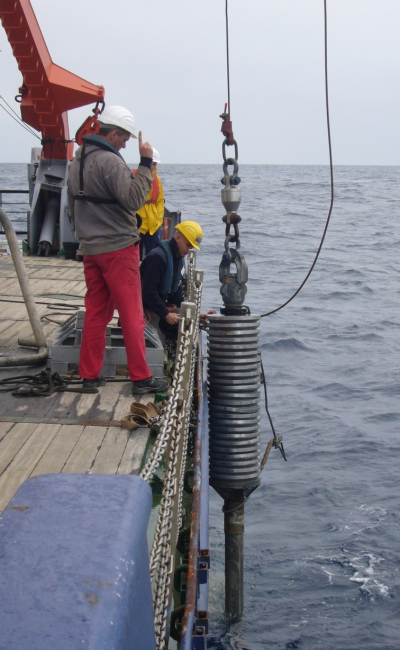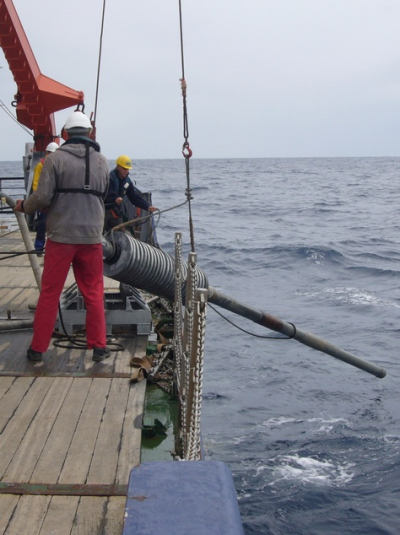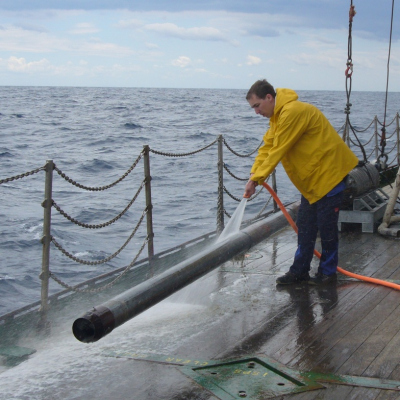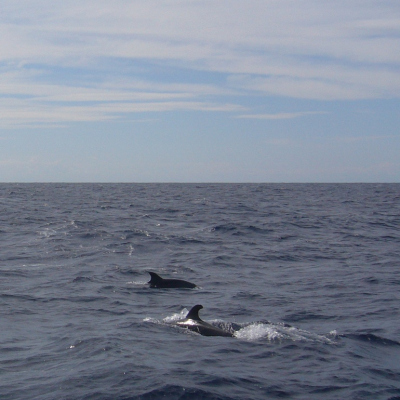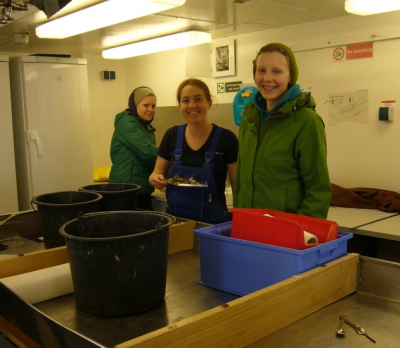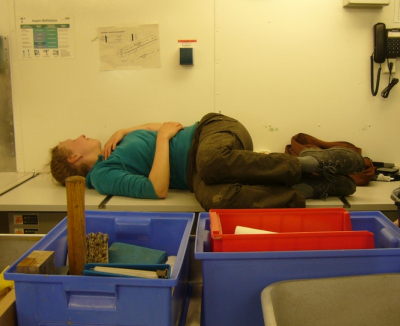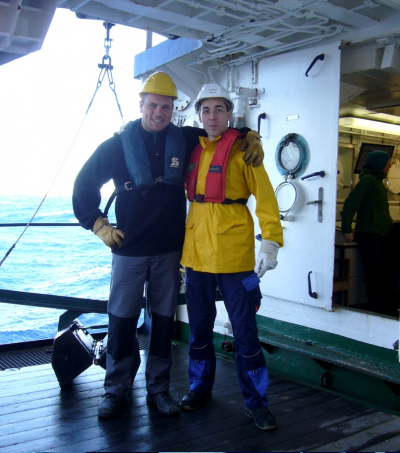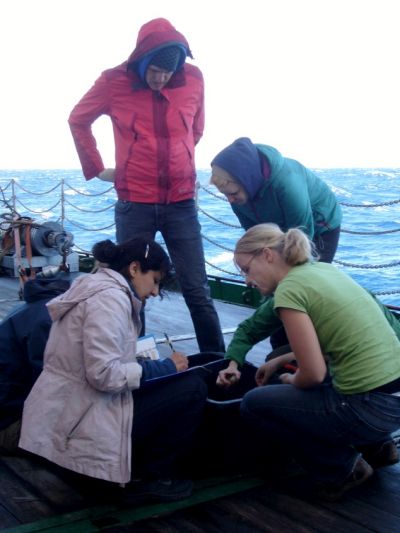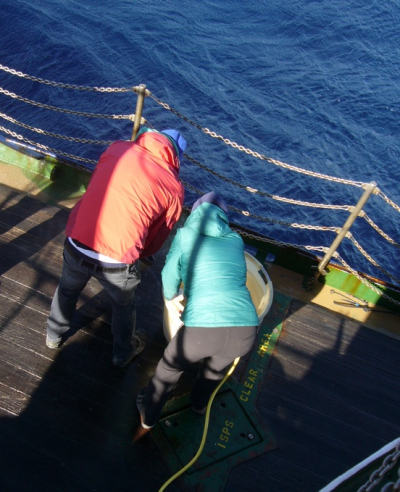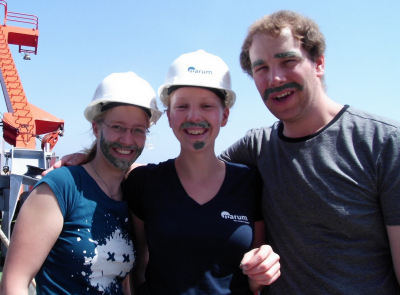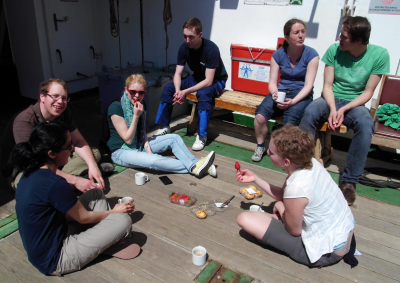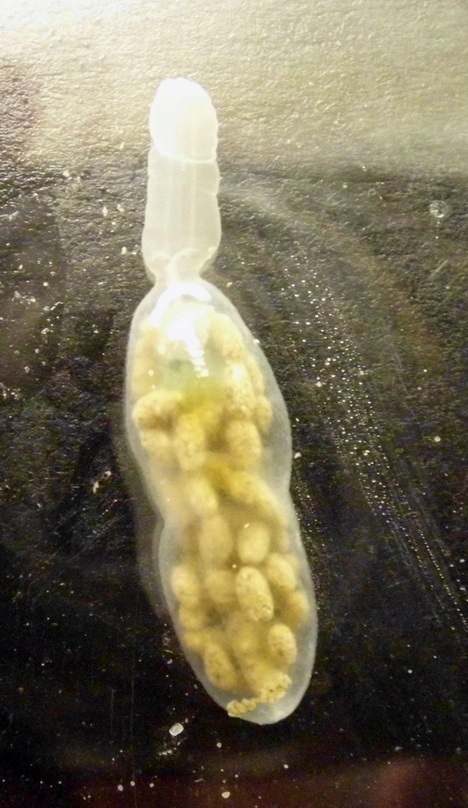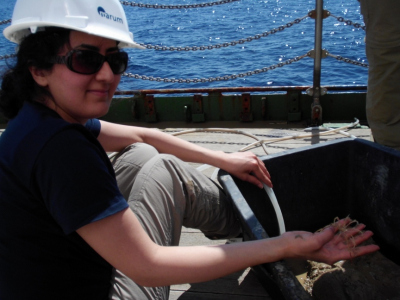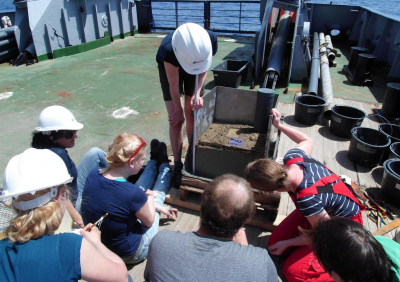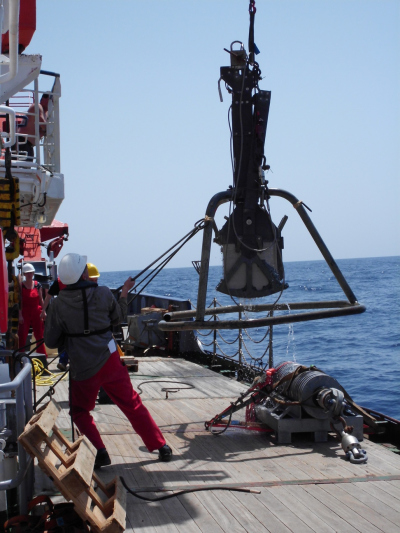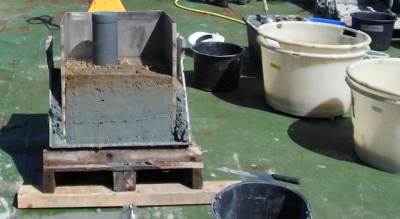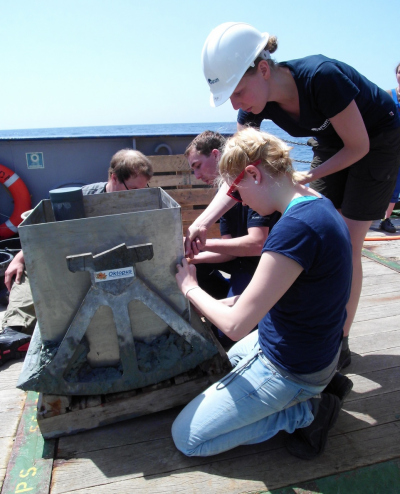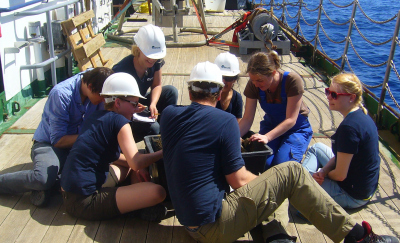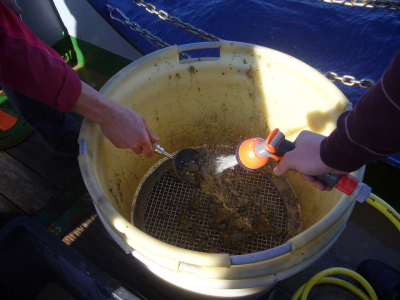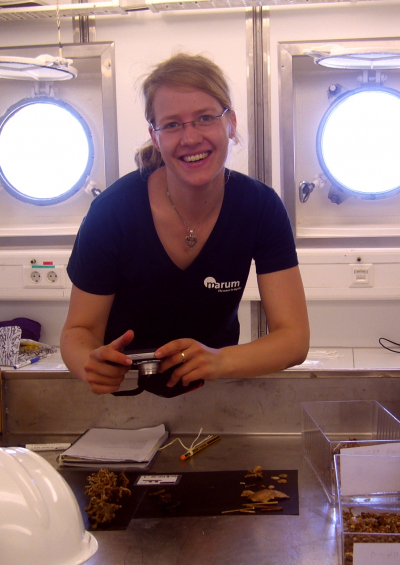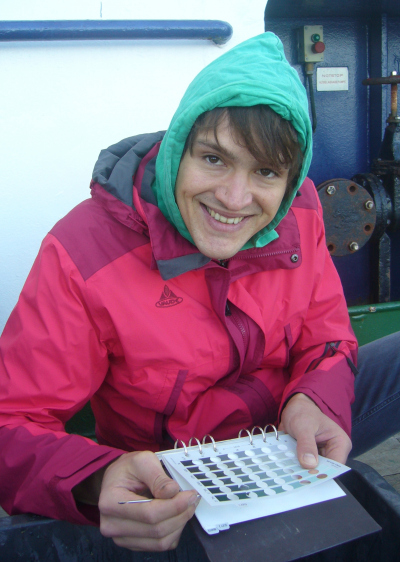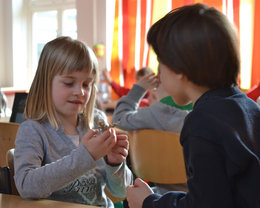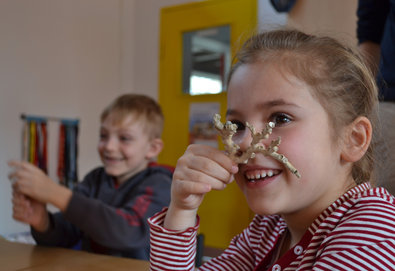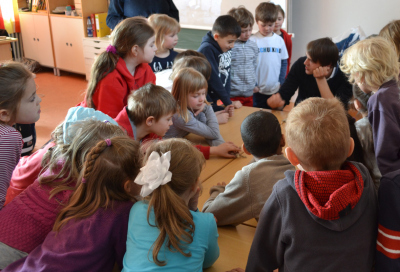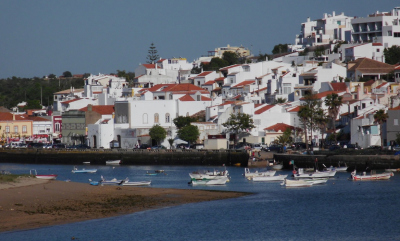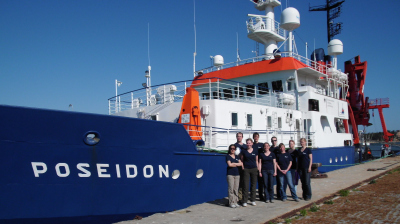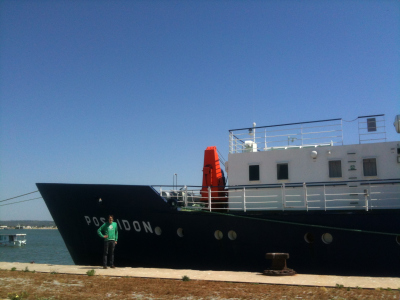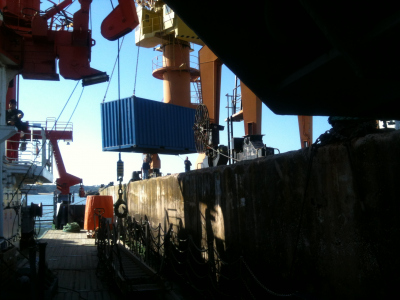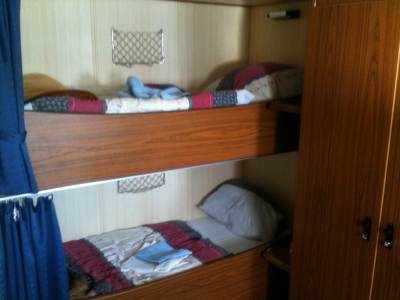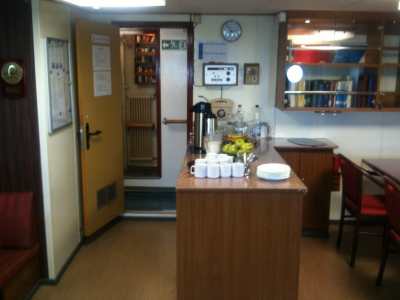- Home
- Discover
- Ship's logs
- Ship´s log POSEIDON 451
Ship´s log POSEIDON 451
The cruise started on April 24 in Portimao and ends on May 1, in Lisbon. The working area of the expedition is situated in the Spanish part of the Gulf of Cádiz, where seabed structures build up or colonised by cold-water corals are the main study target.
Every day the students will report in this ship´s log on their work and life on board the research vessel POSEIDON.
Do you have questions to the scientists on board? Just send an e-mail to:
Class 1b visited MARUM
Via internet always present on expedition: School class 1b
The pupil´s cup experiment
And this happened:
Tuesday, April 30
Gerhard checks the letter in the bottle ...
... before throwing it into the sea.
I think regardless of our separate fields we will all now have an interest in this field and its future developments.
Thank you dear reader for following this blog of events.
Kindest regards
Will Brocas
Monday, April 29
Everybody is happy about the successfully collected sediment core.
By the way, we also saw dolphins today!! Or small whales? We are not sure about that, have look!
Please find the pupil´s questions and answers from Gerhard in the German version
Sunday, April 28
It appears that the sea had other ideas and so we got very wet and cold during the grab sampling. Good job no-one here had any illusions this would be a pleasure cruise. Still spirits are high and our interest in the research resulting from these efforts is ever growing. Looking forward to Claudia's debriefing at the end of the cruise and finding out more.
The wet lab on Poseidon, our main work place beside the deck (left to right: Marlene, Hiske, Sanja).
Oh . . . and then there was cake!
Tired student taking a nap in the lab.
Here’s to persistence, as personified by the homing dove, wonder what happened to him.
Best regards,
Will
Saturday, April 27
From left to right: Cinja, Sanja and Will having fun during the sieving.
Have a break!
Best regards,
Sanja
Friday, April 26
Maryam discovered a crinoid on the sediment surface.
Claudia shows the students how to describe and sample a box core.
Best regards,
Maryam
Thursday, April 25
The students jointly describing a grab sample.
Will and Gerhard are sieving a sediment sample.
Best regards,
Will
Please find the pupil´s questions and answers from Gerhard in the German version
Before the expedition...
Wednesday, April 24
The participants oft he RV Poseidon expedition P451-2 in the harbour of Portimao (Portugal). First row from left to right: Maryam Shahraki, Sanja Asendorf, Hiske Fink, Claudia Wienberg. Last row from elft to right: Will Brocas, Gerhard Bartzke, Simon Mill, Marlene Baumer, Cinja Rittierott (Foto C. Rittierott).
Dr. Claudia Wienberg (Chief Scientist)
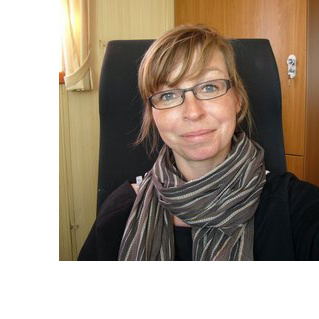
Dr. Hiske Fink (Co-Chief Scientist)
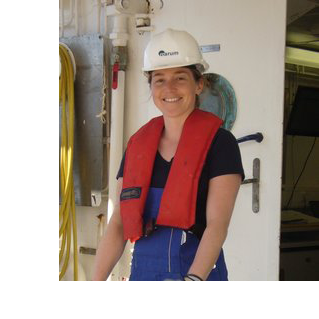
Simon Mill (Technician)
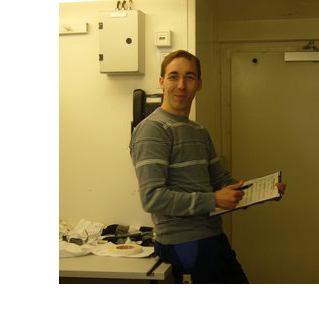
Cinja Rittierott (Spanish Observer)
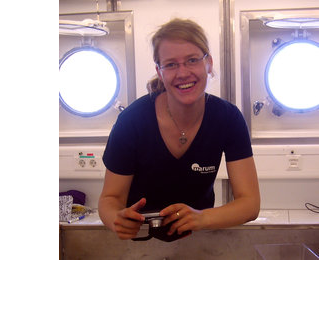
Marlene Baumer
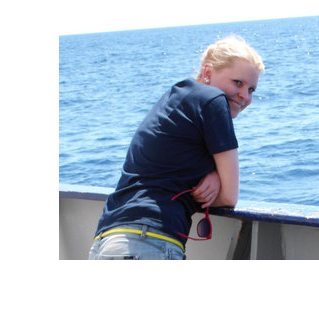
William (Will) Brocas
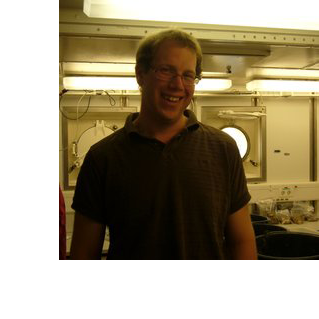
Sanja Asendorf
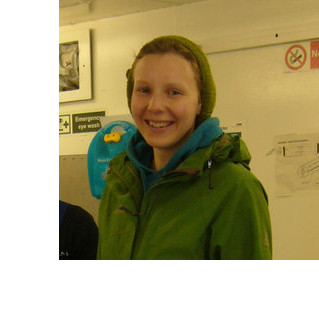
Gerhard Bartzke
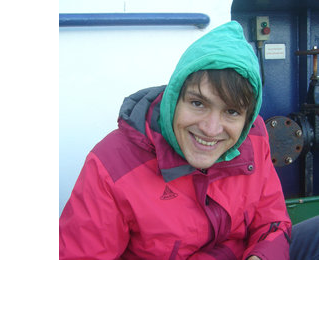
Maryam Shahraki
